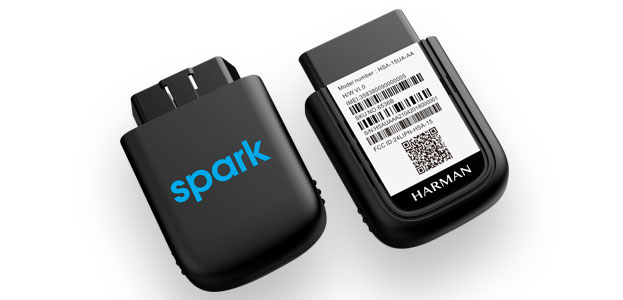In a recent press release, marketwatch.com forecasts that the Global Connected Car Market accounted for $72.95 billion in 2017 is expected to reach $280.36 billion by 2026 growing at a CAGR of 16.1%.
The factors driving the growth of the market include making the cars more digitally connected with high-tech offerings and convenient in-car features such as smartphone integration, improved navigation assistance, remote diagnostics, and more. To meet this increasing need of connecting people with everything including their devices, homes and automobiles have led to a flurry of smart solutions. With respect to vehicles, emerging smart connected solutions are redefining user experiences like never before.
While some solutions are launched by automobile Original Equipment Manufacturers (OEMs) others by Telecom Service Providers (TSPs), I intend to steer the focus on connected car solution launched in the USA and India through this blog.
As both countries have high levels of innovation in this field, following are the statistics and trends as per Statista:
- Revenue in the Connected Car segment amounts to US$6,379m in 2018
- Revenue is expected to show an annual growth rate (CAGR 2018-2023) of 6.4%, resulting in a market volume of US$8,688m by 2023
- The Connected Car penetration is 31.0% in 2018 and is expected to hit 73.1% by 2023
There are various technical routes of Connected Car solutions launches
- TCU (Transmission Control Unit) based solution
- OBD II (On-board diagnostics) based solution.
While both are driven to succeed for varying reasons, the former is more suitable for new car sales and preferred by OEMs. It is because this solution can be integrated with TCUs of cars infusing it with new features thereby, increasing car sales and stickiness to the brand. On the other hand, TSPs prefer the OBD II devices as it is an aftermarket product that is independent of the make of the car. It presents new revenues opportunities, new connections and increased ARPU (Average Revenue Per User).
Connected Car Market – USA
A factor that is creating market shifts is that consumers are ready to wait for vehicles to be released with must-have technologies and are also prepared to switch brands to get the features they want. To compete along with OEMs, TSPs and 3rd party apps are offering connected car solutions, e.g. HUM by Verizon and Apple CarPlay to provide customers with the connected-vehicle experience they expect.
Recently AT&T launched the HARMAN Spark solution. A simple connected car device and app that provides location information, vehicle diagnostics, roadside assistance and more. It can also turn your car into a powerful Wi-Fi hotspot.

It is available on various channels in the US market, i.e., AT&T Retail stores, AT&T on-line website (att.com) and AT&T authorized 3rd party retail stores among others. HARMAN Spark is not just offering standard features along with a robust Wi-Fi hotspot which can connect up to eight devices, but also device F/W by OTA (Over-The-Air) and cybersecurity by HARMAN Shield at a total cost of ownership of $70 - $100 and a monthly subscription fee of $10 - 30.
Connected Car Market - India
In India, the situation is a little different, many organizations have started investing in this field by capitalizing on the growing Indian consumer automobile market and OEMs are taking the lead in rolling out connected car solutions.
Some OEMs have already launched vehicles integrated with connected car technologies such as SuzukiConnect by Maruti Suzuki and NissanConnect by Nissan and others like Mahindra & Ford have announced joint development of a telematics control unit. Service providers like Reliance JIO, Airtel, Vodafone are gearing up to roll out the same but still far from launch.
The products in India are more focused on features such as Fuel Economy/Savings, Vehicle Tracking/Safety with a lower one-time or subscription cost. The total cost of ownership of a device is around $50 - 70 with a monthly subscription fee of $2.
Competition and Success Strategy
In any specific market, a specific service would soon become a commodity, and the one rises to the top would be the one who is the closest to the end consumers, in terms of product quality, post-sale support and solving end consumers’ needs.
An ideal approach for solution service providers will be to stand in their customers’ shoes and offer simple, user-friendly designs, plug-and-play experiences, and next-gen technology features that will positively impact their lives, everyday device usage and in essence push them to think beyond technology.
“A user interface is like a joke, if you have to explain it, it’s not that good.”
– Martin LeBlanc
Additionally, partnering with an innovative technology leader will provide a holistic approach to build future-forward connected car solutions/experiences.
For more information about HARMAN's solution, please write to us here. I would also love to know your thoughts on this matter, feel free to write to me on LinkedIn/Twitter.
